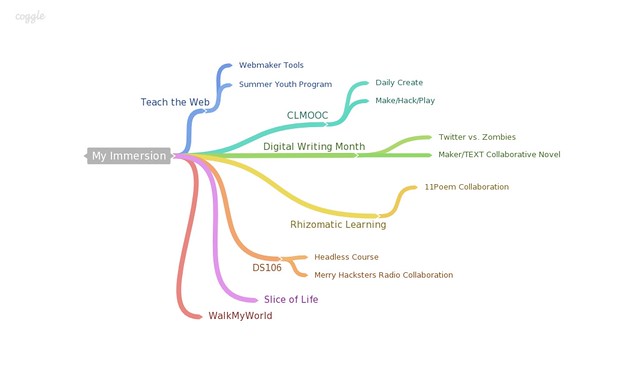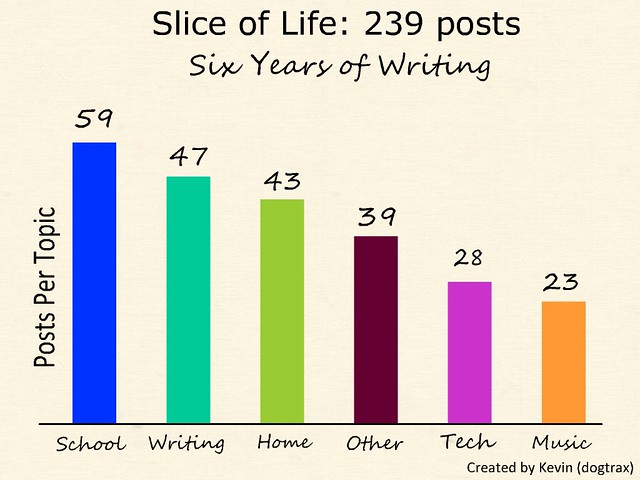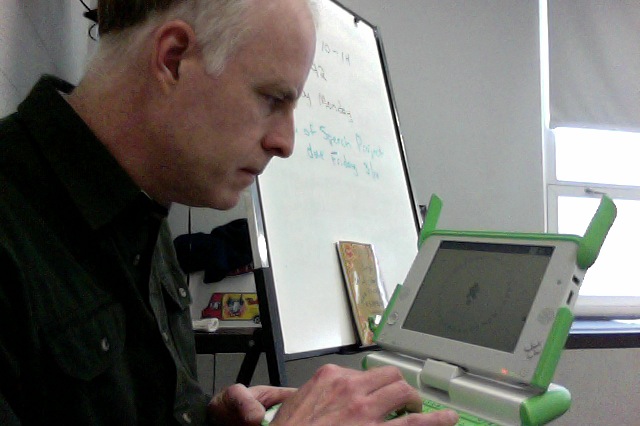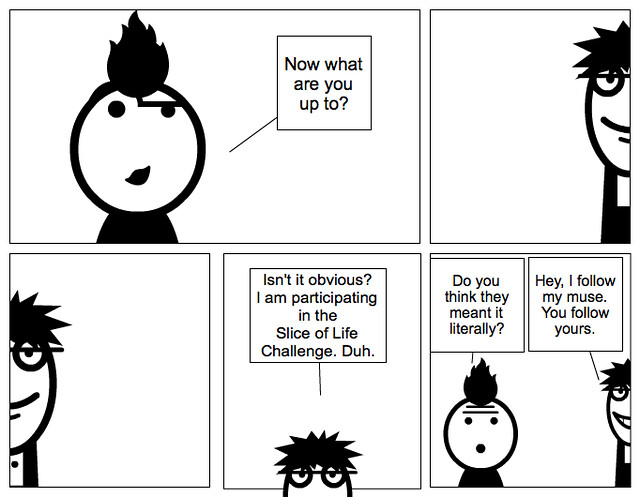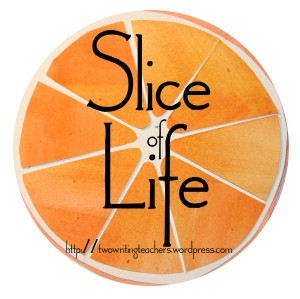
(This is part of the Slice of Life Challenge with Two Writing Teachers. We write about small moments each and every day for March. You come, too. Write with us.)
I had the good fortune to be able to sit in both a lunch gathering and a workshop on the topic of paper circuitry yesterday at the Digital Media and Learning Conference in Boston (I also co-presented about the Making Learning Connected MOOC but I will write about that tomorrow in a regular post). Paper circuitry is the idea of using sticker circuit boards inside a notebook, to illuminate ideas and to bring an “inventor’s/scientist’s notebook” of thinking to the writer’s notebook. Someone once said it is part of the movement to “reclaim” the notebook.
The project here is still in development, but presenters Paul Oh (of the National Writing Project), Jie Qi (a researcher through MIT), and David Cole and Jennifer Dick (of NexMap) not only gave us a presentation showing the possibilities of adding circuits to stories (and I still have Jennifer’s comment about the “storytelling comes first” in my head followed by Jie’s of developing “new tools to tell stories through circuits.”) but then they gave us circuit stickers and walked us through creating a simple illuminated page in a notebook.
We then got our Make on.
Of course, I didn’t have a notebook. Doh. So I stitched one together with some paper. The task of creating a page of sticker circuits reminded me a bit of creating with e-textiles, but this was a whole lot easier (no sewing!). I started to think of a story involving musical notes, where the embedded light would be part of the face. I used the pun (“See the light” for the C note. Get it?)
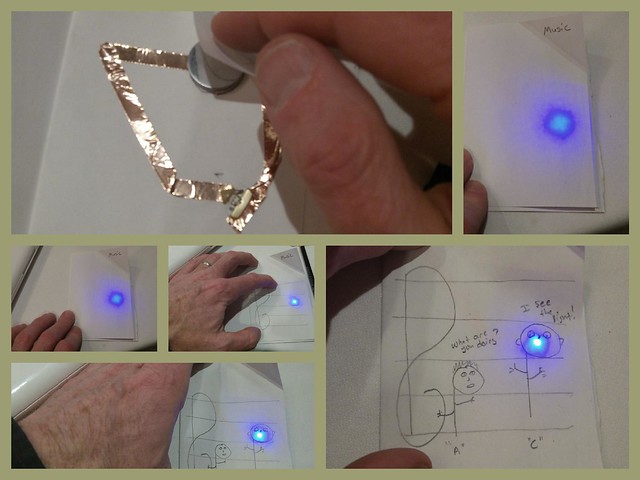
I’d have to think more of the application for my own classroom. I’d love to pilot this concept with some students, though, and if a paper circuit project could be another bridge from literacy to science and/or math class (which it could, as planning involves not just the story, but also the knowledge of circuit routes and representational information). I think the rough draft planning stage would be critical. In our workshop, we just sort of jumped in, given the time constraints. We’d really want kids to work out what they think would happen, then iterate during design, and troubleshoot along the way.
Interesting and intriguing? You bet.
Check out these two videos about paper circuits. The first is an overview and the second is an example of Jie’s idea in motion, literally. It’s beautiful.
21st Century Notebooking with Inside/Out from NEXMAP on Vimeo.
Interactive Light Painting: Pu Gong Ying Tu (Dandelion Painting) from Jie Qi on Vimeo.
Peace (in the light),
Kevin

